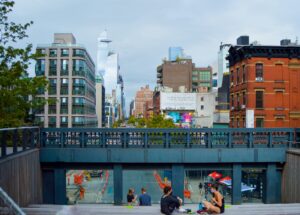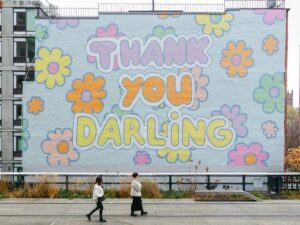In a ‘15-minute city’, everyone is able to meet most, if not all, of their needs within a short walk or bike ride from their home. It is a city composed of lived-in, people-friendly, ‘complete’ and connected neighborhoods. It means reconnecting people with their local areas and decentralising city life and services. As cities work towards COVID-19 recovery, the 15-minute city is more relevant than ever as an organising principle for urban development. It will help cities to revive urban life safely and sustainably in the wake of COVID-19 and offers a positive future vision that mayors can share and build with their constituents. More specifically, it will help to reduce unnecessary travel across cities, provide more public space, inject life into local high streets, strengthen a sense of community, promote health and well being, boost resilience to health and climate shocks, and improve cities’ sustainability and liveability. Learn more about the 15-minute city in the short clip below.
The concept of the 15-minute city is in direct contrast to the urban planning paradigms that have dominated for the last century, whereby residential areas are separated from business, retail, industry and entertainment. Nonetheless, most of the ideas and principles underpinning the 15-minute city are not new and most cities already contain areas that align with 15-minute city principles, even if by accident rather than by design. Some already have longer-standing urban development plans that strive for the very outcomes sought by the 15-minute-city model, extending its benefits across the whole city, for everyone. In 2020, the 15-minute city concept has gained momentum.
Read the full article on C40 Knowledge
Recommended by Luisa Bravo











More Stories
A stealthy reimagining of urban public space by Elizabeth Diller
A Blueprint for Public Realm Leadership
TULIP – Your place at the table / ADHOC architectes